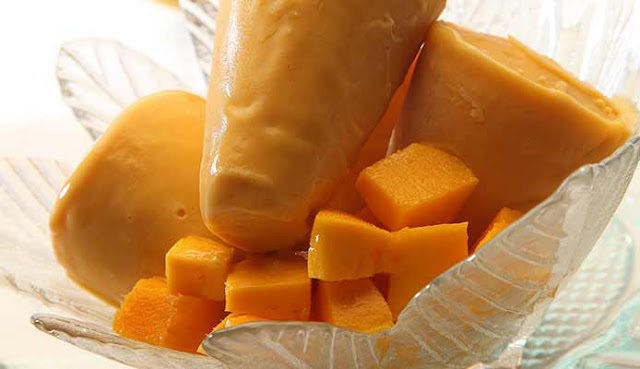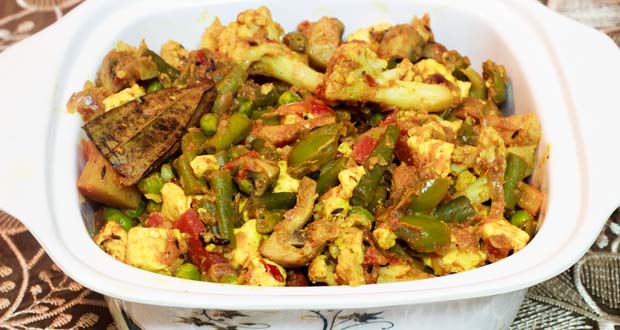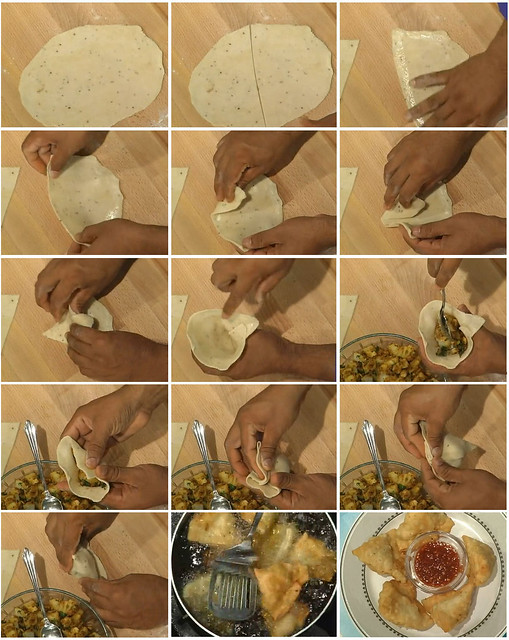Cracked Heels:
Cracked heels are a sign of lack of attention to foot care rather than just overexposure or lack of moisturizing. Medically, cracked heels are also known as heel fissures. Fissures are regular linear cut wounds and mostly affect the surface level which comprises of the epidermis. Sometimes it may get deep into the dermis and become painful. Excessive pressure on the feet pads make the feet want to expand sideways. As the skin, surrounding the sides of the feet are dry they crack and cause cracked heels. Appearances of dry cracked heels also indicate zinc and omega-3 fatty acid deficiency.
Though cracks in the skin may arise anywhere in the body the most common is area is the rim of the heel and web of toes, which happen to be the most frequently or constantly used parts of our body. Dry skin or xerosis is one of the most common causes that lead to cracked heels .The other key reason being thick or callus skin around the rim of the heel. Most of the foot problems arise due to neglect and oversight with regard to feet care. Cracked feet, corns and other common feet ailments can be attended to and are easily avoidable.
Cracked heels are not a harmful in anyway except when the fissures or cracks are deep, and tend to become painful and the skin begins to bleed. This could lead to infection and is an avoidable situation mostly for those already suffering from chronic ailments such as diabetes or lowering immune system due to age or illness which may retard the treatment of cracked heels.
Cracked heels are a common occurrence for senior citizens or people who are constantly on their feet thus exerting pressure on the feet pad. In addition to this, sebum production decreases with age and so seniors tend to suffer from dry and cracked heels. Excessively dry skin, peeling skin, and dry and cracked skin on the heels are some of the most common skin problems that seniors face. Dry skin on the heels is often a recurrent problem. It can affect either both the heels or one of the heel. But most commonly, cracked heels affect both the feet.
Cracked feet, also known as heel fissures, are a common problem for people of all ages, mostly caused by lack of moisture.
Other causes include, standing for long hours, using harsh soaps, cold weather, continuous exposure to water, being overweight, and wearing improper footwear. Conditions like eczema, psoriasis, thyroid disease and diabetes can also contribute to this problem.
Some of the signs and symptoms of cracked feet are red or flaky patches, peeling skin, itchiness, bleeding from the cracks and pain.
Cracked feet look unattractive and, in some cases can lead to infection and extreme pain. The problem can be taken care of with some simple home remedies.
Symptoms for Cracked Heels:
Signs and symptoms that surface on the skin are simple indicators of a faulty internal activity or an external abuse. If one observes the body and its manifestations minutely one can avoid disease and disorders by treating them before they take on a destructive path. Similarly, feet care calls for a little attention and when the feet finds it lacking they indicate the following signs to show the feet could do well with some care.
• Red or Flaky Patches: This is often one of the first symptoms of dry cracked heels and if it is ignored, the condition may worsen in time. Dry skin is also vulnerable to dry skin infections and so it is important to treat the condition right away.
• Peeling and Cracked Skin: This symptom generally follows the first symptom of red or flaky skin. Peeling and cracked skin is a definite sign of dry cracked heels and immediate measures must be taken to remedy the condition. Make sure that you do not try to pull off the pieces of dry skin as this could damage the skin it is attached to. If you need to get rid of a long piece of dead sin you can use a small pair of scissors to slowly and carefully clip away the dead skin.
• Itchy Skin: Itchy skin is caused by the abnormal shrinking of the upper layers of dry skin. This excessive shrinking causes the stretching of the skin below and around the affected areas and this results in general discomfort and itchiness. You will have to get rid of the upper layers of dead skin before you start any type of treatment for dry cracked heels.
•Bleeding or Discharge from Cracks: Bleeding or discharge from cracks in your heels is a very serious problem as it indicates that the cracks not only affect the upper layers of the skin but also the lower layers of tissue. Deep cracks in the heels will also increase an individual’s risk of suffering from a skin infection in this area. Wearing closed shoes without socks while you have dry and cracked heels will only serve to further increase one’s risk of suffering from a dry and cracked heels fungus infection as closed shoes provide fungus and yeast infections with the perfect habitat to reproduce.
Causes for Cracked Heels:
Most Common Causes that Lead to Cracked Heels
Here is a compilation of the most common causes that lead to cracked heels:
• Naturally dry skin or thick dry skin (callus) around the heel that is more likely to crack is often due to excessive feet activity.
• Prolonged standing at work or home .Hard floors may also cause cracks in the feet.
• Being overweight may increase the pressure on the normal fat pad under the heel, causing it to expand sideways and if the skin lacks flexibility the pressure on the feet lead to cracked heels.
• Back-open sandals or shoes allow the fat under the heel to expand sideways and increases the possibility of cracks on the heels.
• Disease and Disorders-Athlete’s foot, Psoriasis, Eczema, Thyroid disease, Diabetes and some other skin conditions may also cause cracked heels.
• Continuous exposure to water- Water, especially running water, can rob the skin of its natural oils and this can leave the skin dry and rough. Standing for prolonged periods in a damp area such as a bathroom can cause dry and cracked heels.
Here is a list of some other reasons that may lead to cracked heels:
• Age - Thick dry scaly skin lose elasticity with age and thus cracks have higher incidence with age.
• Ill fitting shoes, standing for a long time or change in walking posture.
• Unhygienic circumstances or conditions
• Unhealthy, dry scaly skin due to climate or diseases
• Deficiency of vitamins, minerals and zinc
Here are the top 10 ways to heal cracked feet.
1. Scrubbing
Scrubbing the hard, dead skin away helps a great deal in getting rid of cracked feet. Before scrubbing, soak your feet in warm soapy water to help soften the skin and make it easier to scrub.
Before going to bed, mix some liquid soap in a foot tub filled with warm water.
Soak your feet in this warm soapy water for about 20 minutes.
Use a pumice stone to gently scrub off the loosened dead skin cells.
Rinse off your feet with clean water and pat dry with a soft towel.
Apply some foot cream or moisturizer and wear a pair of clean cotton socks overnight.
Follow this remedy daily until your cracked feet are healed completely.
2. Coconut Oil
Coconut oil is another incredible remedy for dry, cracked feet. It helps moisturize your feet and also fights fungal and bacterial infections, thanks to its antimicrobial and antifungal properties.
Before going to sleep, soak your feet in warm water and scrub with a loofah.
Dry your feet thoroughly and then apply coconut oil generously on your feet.
Put on a pair of clean, cotton socks for the night.
The next morning, remove the socks and wash your feet.
Do this daily for several days until you are satisfied with the results.
You can also use olive oil in the same way.
3. Mentholated Rub
This is another popular home remedy for cracked heels because of the many essential oils that it contains. It also helps heal toenail fungus.
Apply some mentholated rub on clean, dry feet before going to bed.
Put on a pair of socks and leave it on overnight.
The next morning, remove your socks and wash your feet with warm water.
Repeat daily for a few days until the rough skin peels off.
4. Paraffin Wax
You can also use paraffin wax to remove the dead, dry skin and cure cracked feet. It will also work as a natural emollient to soften the skin and retain the natural oils on the skin.
Heat some paraffin wax in a microwave or double-boiler and add an equal amount of mustard oil or coconut oil to it.
Apply this thick creamy paste on the cracks and put on a pair of socks.
Leave it on overnight and wash your feet thoroughly in the morning.
Follow this remedy daily for one or two weeks.
5. Glycerin
Due to its moisturizing and humectant properties, glycerin works as a great remedy to get rid of cracked feet.
Make a mixture of equal parts of glycerin and lemon juice. You can also add some rose water.
Apply it on your feet.
Leave it on for 20 minutes and wash it off with water.
Follow this remedy daily for about two weeks.
6. Epsom Salt
Epsom facilitates the process of healing cracked feet as it promotes circulation. Plus, the magnesium in Epsom salt promotes skin health and draws out toxins.
Add one-half cup of Epsom salt in a foot tub filled with warm water.
Soak your feet in it for 10 minutes.
Gently rub your feet with a pumice stone for a few minutes.
Put your feet back in the Epsom salt soak for another 10 minutes.
Finally, dry your feet thoroughly and apply a moisturizer or petroleum jelly.
Repeat daily for two or three days.
7. Vinegar
Vinegar can also be used to treat cracked feet as the acetic acid in vinegar helps soften the skin which in turn makes exfoliation easier. Vinegar foot soaks are also beneficial for tired feet.
Mix one-half to one cup of white or apple cider vinegar in two cups of water. Soak in it for 10 to 15 minutes and then slough off the dead, dry skin with a pumice stone or foot scrubber. Then, wash your feet and pat dry thoroughly. Finally, apply a moisturizer or petroleum jelly.
Another option is to make a natural foot scrub. Mix a handful of coarse rice flour, a few tablespoons of raw honey and apple cider vinegar to make a thick paste. You can also add one tablespoon of olive oil to it. Wash your feet well and then gently massage your feet with this paste for a few minutes. Wash it off with lukewarm water. Repeat once or twice a week.
8. Lemon
Lemon juice has a very mild natural acidic property that can help get rid of dead and dry skin cells from your feet. It will also make your skin soft and beautiful.
Add some lemon juice to warm water. Soak your feet in this solution for about 10 minutes. Gently scrub your feet with a soft foot brush. Wash and dry your feet completely and then apply some moisturizer.
Repeat a few times a week.
Another option is to add the juice from one lemon to one teaspoon of petroleum jelly and apply this mixture to your dry and cracked heels. Before applying, it is essential to wash your feet and pat them dry. Follow this remedy once or twice daily.
You can also create a foot scrub by mixing together five tablespoons of sea salt, one tablespoon of olive oil and juice from one lemon. Apply it on your cracked feet. Leave it on for 15 minutes and then rinse it off with lukewarm water. Follow this remedy once or twice a week to get positive results.
9. Banana
Overripe banana can be put to good use by blending them into a paste and applying on your cracked feet. They will help soften and moisturize your skin.
Blend one or two overripe bananas in a blender to form a thick, creamy paste. You can also add half an avocado.
Apply this paste on your feet.
Leave it on for about 15 to 20 minutes.
Wash your feet thoroughly, alternating with lukewarm and cold water.
Follow this remedy on a daily basis to prevent and treat dry and cracked heels.
10. Oatmeal
You can treat cracked feet with a homemade foot scrub made from oatmeal. It will help remove dead skin and also keep your feet moisturized.
Mix one tablespoons of powdered oatmeal and some jojoba oil to make a thick paste. Apply the paste to your feet, with special attention to the heels and callused areas. Leave it on for about 30 minutes. Rinse it off with cold water and pat dry your feet. Do this every other day until your cracked feet are healed completely.
Another option is to mix one-quarter cup each of honey and olive oil and one-half cup of all-purpose flour in one cup of ground oatmeal. Soak your feet in warm water, exfoliate and then apply this paste. Leave it on for 30 minutes before washing it off with lukewarm water and follow with a moisturizer or foot cream. Repeat a few times a week.
These remedies will help restore the skin on your feet to a smooth and supple appearance. If you do not get positive results within a week, consult a podiatrist to find out the exact cause and get proper treatment.









